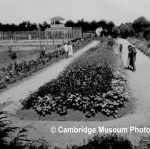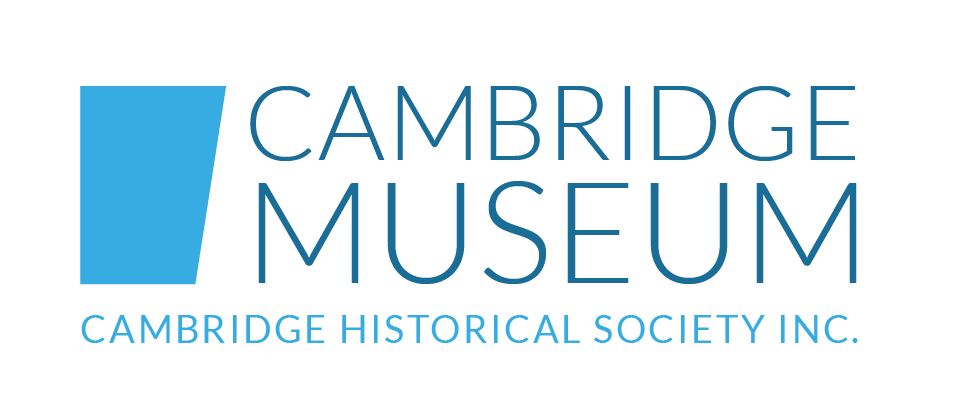Cambridge Town
Learn about the history of town and its districts, schools and roads over the years.
View moreLeamington

Leamington
(From ‘The News and Theatre Courier’ 12 August 1936)
‘The Leamington Town district has been equally as long established as Cambridge for in the Land War days the military was camped on both sides of the river.’
‘When settlement began to take organised shape the Pukekura Road Board was formed and it administered the district until 1908. On Wednesday 20 May 1908 of that year the first meeting of the Leamington Town Board was held when there was present Wm White (chairman), Henry Bell, James Keeley, Chas Jarrett, James Kingdon, Geo H Ollard [John Jarrett] and A C Hill. Hugh Fitzgerald was the clerk.’
‘During the years that followed the Board faithfully cared for the welfare of the district and it progressed along with Cambridge. Men that played a prominent part in the civic affairs, as well as those mentioned were Robert Fisher, Joseph Gane, Richard Reynolds, Wm Vosper, E J White jnr, W Richmond, T A Hicks, John Jarrett and A E Peppercorn. The [1936] chairman was J W Garland who had lived his life in the area.’
‘The Leamington Domain Board was composed of the same members as the Town Board and from bare country has been built one of the loveliest gardens in the province.’
Leamington District
In 1864 five hundred Militia soldiers were allotted 1 acre sections in Cambridge West as part of their pay in the 3rd Waikato Militia. Only a few militiamen took up their land.
Possibly about the 1880s when a Town Board was first suggested, James Keeley and Hugh Fitzgerald named the streets after poets and authors.
When the Victoria Bridge was built over the Waikato River in 1907 Cambridge West, with a population of 500, established its own Town Board – breaking away from the Pukekura Road Board.
James Keeley suggested ‘Leamington’ for the name. Leamington Spa was near his birthplace in Warwickshire in England. The Proclaimation appeared in the New Zealand Gazette on 12 March 1908, to name the town Leamington and the Board to consist of seven Commissioners.
As reported in the Waikato Independent 21 May 1908
‘The first meeting of the newly-formed Leamington Town Board was held last evening. The utmost harmony prevailed, the discussions showing that members are imbued with true public spirit-ness. The commissioners are a good practical lot of men, and the residents of Leamington may look forward to judicious expenditure of the limited revenue at the Board’s disposal.
‘Mr W White is to be congratulated on his election as the first chairman of the Leamington Town Board. He has had experience on local bodies, having been a valued members of the Pukekura Road Board. He is fortunate in having associated with him Mr Hugh Fitzgerald as Clerk. The commissioners were unanimous that Mr Fitzgerald should be asked to undertake the duties.’
The following month on 20 June 1908 there was a public meeting, with about forty people present, to consider the name of Leamington. Perhaps it should be Cambridge South? Most of the ratepayers knew about the new name of Leamington when they read it in the newspaper. Henry Bell said that James Keeley had given this name; he liked the name but not the way it had been given. And then began the to-ing and fro-ing with regards to the name. Cambridge West – Leamington – Karangi. But many residents agreed with the name of Leamington and so it stayed.
The chairman hoped that Leamington would have a long life and that ratepayers would pay their rates quickly. (Five eighths of a penny in the pound.)
[How many Leamington residents put ‘Leamington’ as their address nowdays?]
Researched and written by Eris Parker
Ref: Cambridge Museum Archives
Disclaimer:
While all due care has been taken to verify information contained on this site, the Cambridge Museum accepts no responsibility for any errors, omissions or misrepresentation.
Copyright © 2003 – Cambridge Museum – All Rights Reserved.
